18:9 Display Explained, Should Your Next Smartphone Be A 18:9 Handset?
Aadhya Khatri - Dec 04, 2020
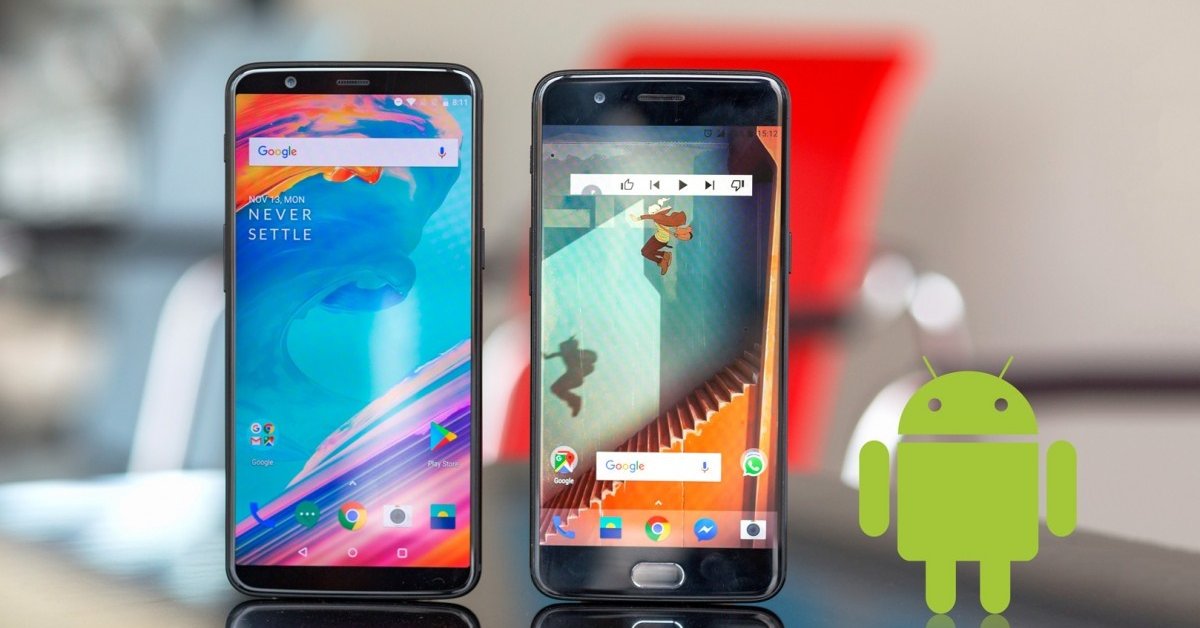
with Google, OnePlus, Samsung, and Xiaomi having 18:9 phones, it’s hard not to wonder why this aspect ratio matters
There are so many new trends in the tech world that it’s easy to forgo the explanation and just go with the crowd. However, with Google, OnePlus, Samsung, and Xiaomi having 18:9 phones, it’s hard not to wonder why this aspect ratio matters.
So with that being said, let’s dive into the real reason behind the switch from 16:9 to 18:9:
Table of Contents
Why Are Smartphones Using A New 18:9 Aspect Ratio?
There a handful of reasons explaining why many phone makers make the switch to 18:9.
It makes sense to make TVs in the 16:9 ratio as most content made for the big screen is horizontal. It’s a different story for phone content though. Many photos and videos for smartphones are actually vertical, so it’s one good reason to stick to the new ratio to improve user experience.
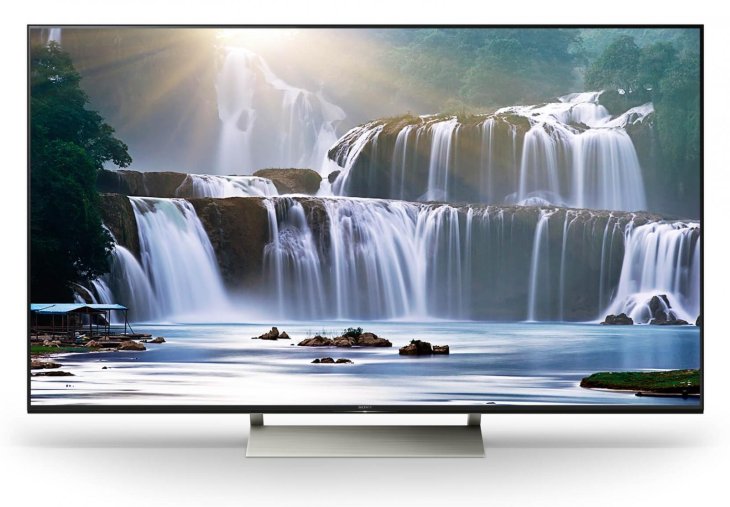
Another reason is that it’s the trend to make big phones but the problem is as these devices are getting larger, our hands stay the same. So it’s just uncomfortable for people to hold and operate a 5.5-inch smartphone with a 16:9 aspect ratio with one hand.
So to get the best of both worlds, users still get a large display for content all while the device fits snugly into their palm, the best solution is to make a thinner but longer phone with the 18:9 ratio to keep the display real-estate intact.
With a thinner form factor, manufacturers are now free to make huge phones. Google Pixel 2 XL sports a 6-inch display but is only 1mm wider than the 5.5-inch Google Pixel 1 XL.
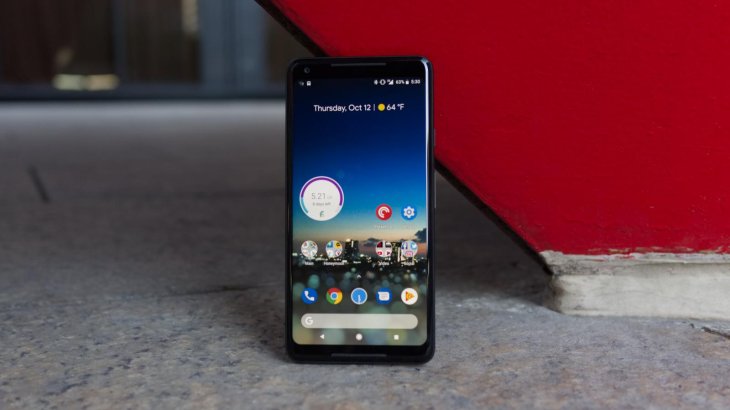
As the display now is an important factor that can make or break a buying decision, phone makers have found several ways to shrink the bezels to increase its real-estate without making phones too large to hold.
Soon we will see a phone with a whopping 100% screen-to-body-ratio. The last time we check, Samsung is pretty close to achieving that.
What Are The Benefits Of The New 18:9 Ratio?
Easier To Hold
Since we have a thinner and longer phone, gripping the device firmly in our hands is easy. The 18:9 aspect ratio allows for 12.5% more pixels and height without making phones feel like a two-handed device.
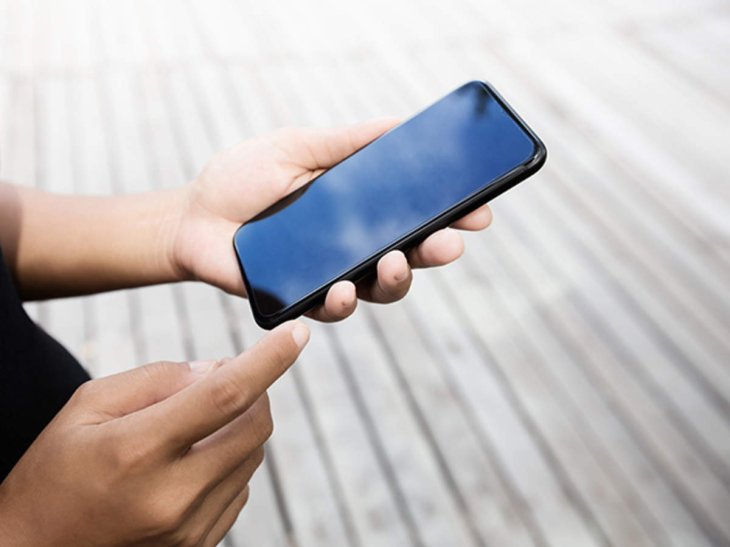
Show More Content
Most users will consume content and use apps vertically so with a longer phone, we are able to view more on our devices.
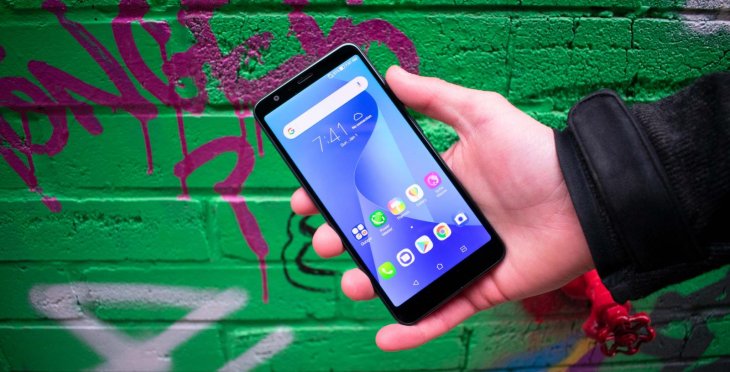
Improved Form Factor
The 18:9 ratio means more height and less width for the same screen size, making the phone more pocket-friendly. The phone will feel more comfortable in your pocket when you move because it does stretch it as much as a wider phone does.

18:9 = 2:1
Another way to look at the 18:9 ratio is 2:1, which divides the phone into two perfect squares, preparing for the upcoming split-screen era.
The Negatives Of An 18:9 Ratio Display
The 18:9 aspect ratio is perfect for apps and web browsing but its biggest downfall soon shows up when you view videos as the majority of them are made for the old 16:9 ratio.
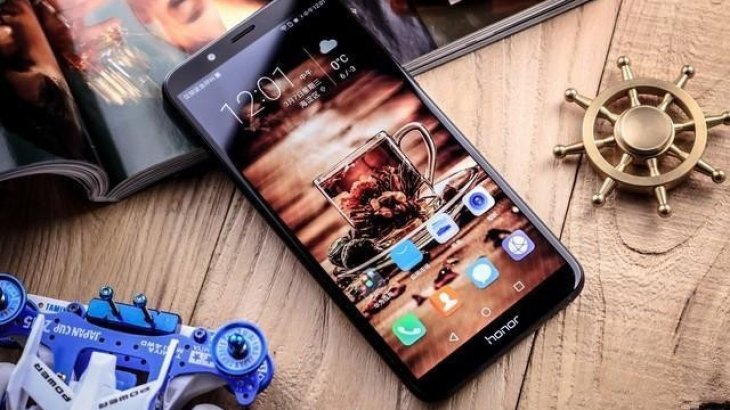
This means you will end up with black bars on either side of the videos or cut footage when you try to zoom in.
OLED displays can somewhat solve this problem but this kind of screen is usually seen on higher-end phones. Those using devices with LCD screens will have to make do with the distracting black bars.
Should Your Next Smartphone Be An 18:9 Ratio Mobile?
The real question to ask here is whether you have a big or small hand. If you can grip a 16:9, 5.2-inch phone with ease, you will feel the same comfort holding a 5.7-inch phone with an 18:9 aspect ratio given that we have the same bezel thickness.
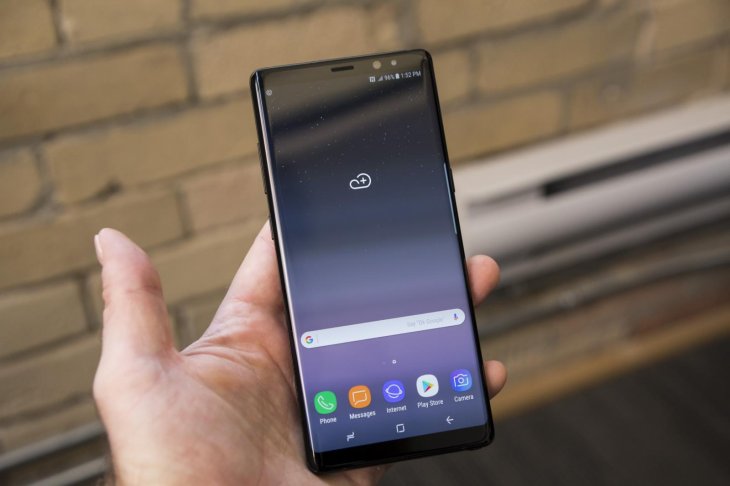
So simply put, the display ratio gives you more real estate for the same width.
Now ask yourself how often you consume content in the landscape mode, if the answer is very often, then you are better off with a smartphone featuring a 16:9 ratio, otherwise, these phones with 18:9 aspect ratio are just right for you.
Best Phones With 18:9 Aspect Ratio
Samsung Galaxy S9 / S9+
The Galaxy S9's AMOLED screen is better than any other phone released in 2018 and its variable aperture camera can set the aperture according to the light level of the environment.
Samsung Galaxy Note 8
The Galaxy Note 8 features a Super-AMOLED display and camera with optical image stabilization.
Samsung Galaxy S8 / S8+
The Galaxy S8 offers most of the Note 8's best features, without the S Pen and the dual-camera setup.
LG V30
LG V30 runs on Snapdragon 835 and 4GB of RAM and a P-OLED display.
Google Pixel 2 XL
The Pixel 2 XL runs on Snapdragon 835 and 4GB of RAM, with excellent photography software.
>>> Google Autoflip Can Help You Crop Videos To Fit Any Aspect Ratios
Featured Stories

Features - Jul 01, 2025
What Are The Fastest Passenger Vehicles Ever Created?

Features - Jun 25, 2025
Japan Hydrogen Breakthrough: Scientists Crack the Clean Energy Code with...

ICT News - Jun 25, 2025
AI Intimidation Tactics: CEOs Turn Flawed Technology Into Employee Fear Machine

Review - Jun 25, 2025
Windows 11 Problems: Is Microsoft's "Best" OS Actually Getting Worse?

Features - Jun 22, 2025
Telegram Founder Pavel Durov Plans to Split $14 Billion Fortune Among 106 Children

ICT News - Jun 22, 2025
Neuralink Telepathy Chip Enables Quadriplegic Rob Greiner to Control Games with...

Features - Jun 21, 2025
This Over $100 Bottle Has Nothing But Fresh Air Inside

Features - Jun 18, 2025
Best Mobile VPN Apps for Gaming 2025: Complete Guide

Features - Jun 18, 2025
A Math Formula Tells Us How Long Everything Will Live

Features - Jun 16, 2025
Comments
Sort by Newest | Popular